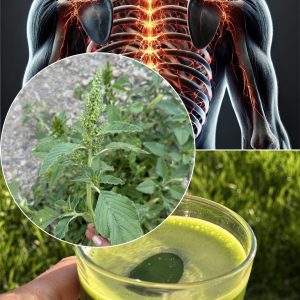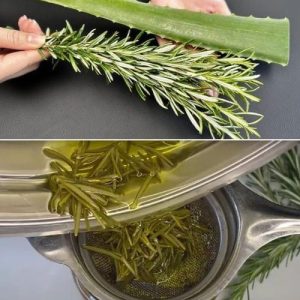When you think of figs, it’s likely the sweet fruit that comes to mind, celebrated for its delicious flavor and nutritional benefits. However, the leaves of the fig tree are just as valuable and have been used in various cultures for their medicinal properties and practical benefits. If you’ve never considered using fig leaves, you might be surprised at their versatility and effectiveness in several applications.
Why Fig Leaves?
Fig leaves are rich in nutrients and possess properties that can benefit health in multiple ways. They contain vitamins, minerals, and fiber, and have been studied for their antioxidant, anti-diabetic, and anti-inflammatory effects. Here’s how you can use fig leaves in daily life:
1. Natural Gardening Aid
Fig leaves can be used as a natural mulch in gardens. Their large size helps retain moisture in the soil, suppress weeds, and as they decompose, they enrich the soil with nutrients, enhancing overall plant health.
2. Culinary Uses
In culinary practices, particularly in Mediterranean cuisine, fig leaves are used as a wrapping for grilling seafood, cheeses, or meats. This not only imparts a unique, smoky flavor to the dishes but also provides a healthful twist as the leaves are believed to lower the amount of glucose released during cooking, making meals healthier.
3. Herbal Tea
Fig leaves can be dried and used to make herbal tea. This tea is said to have numerous health benefits, including the potential to regulate blood glucose levels, making it a great choice for those monitoring their sugar intake. To make fig leaf tea, simply steep a few dried leaves in boiling water and enjoy.
4. Home Remedies
Traditionally, fig leaves have been used in various home remedies to treat conditions like bronchitis, warts, and ulcers. They are also popularly used as a skin-care treatment, where the sap from the leaves is applied to the skin to soothe inflammation and improve hydration.
5. Decorative Uses
Because of their shape and texture, fig leaves can also be used for decorative purposes, in floral arrangements, or as natural platters or coasters during rustic-themed parties.
Conclusion
Fig leaves are a remarkable yet often overlooked resource that can be used in various aspects of daily life—from gardening and cooking to health remedies and home décor. Next time you come across a fig tree, consider the potential of its leaves. Whether you’re wrapping food for a flavorful meal, brewing a healthful tea, or simply using them as a natural part of your garden’s ecosystem, fig leaves offer a sustainable and healthful way to enrich your lifestyle.





